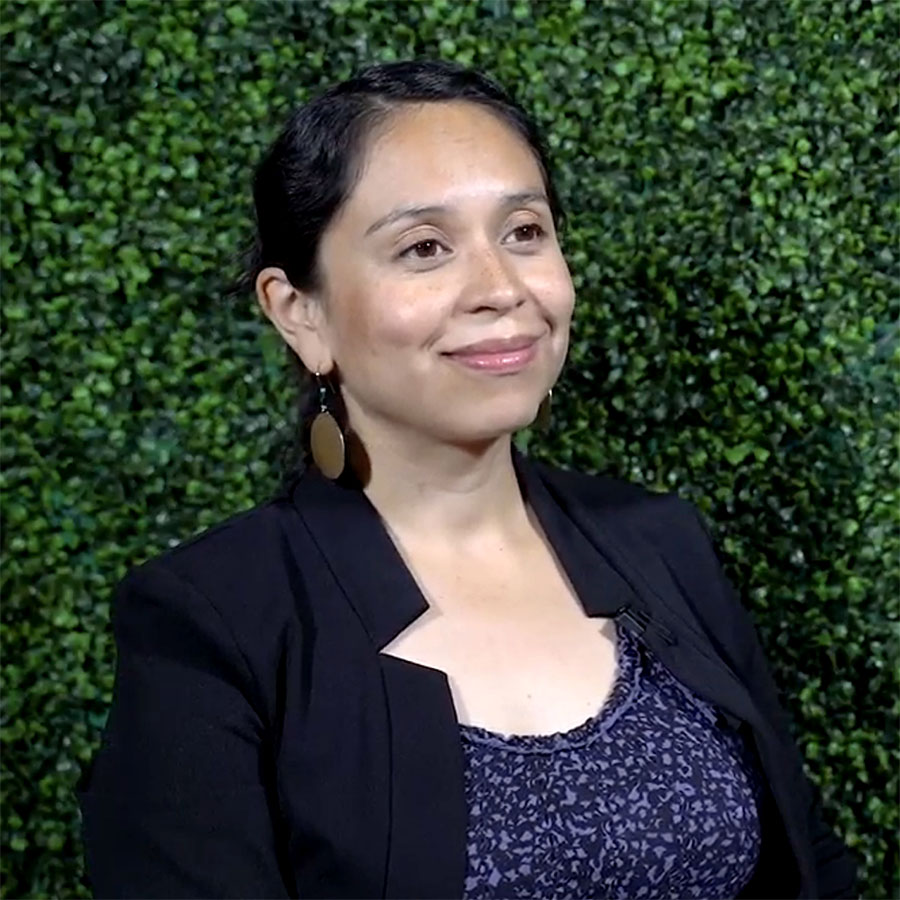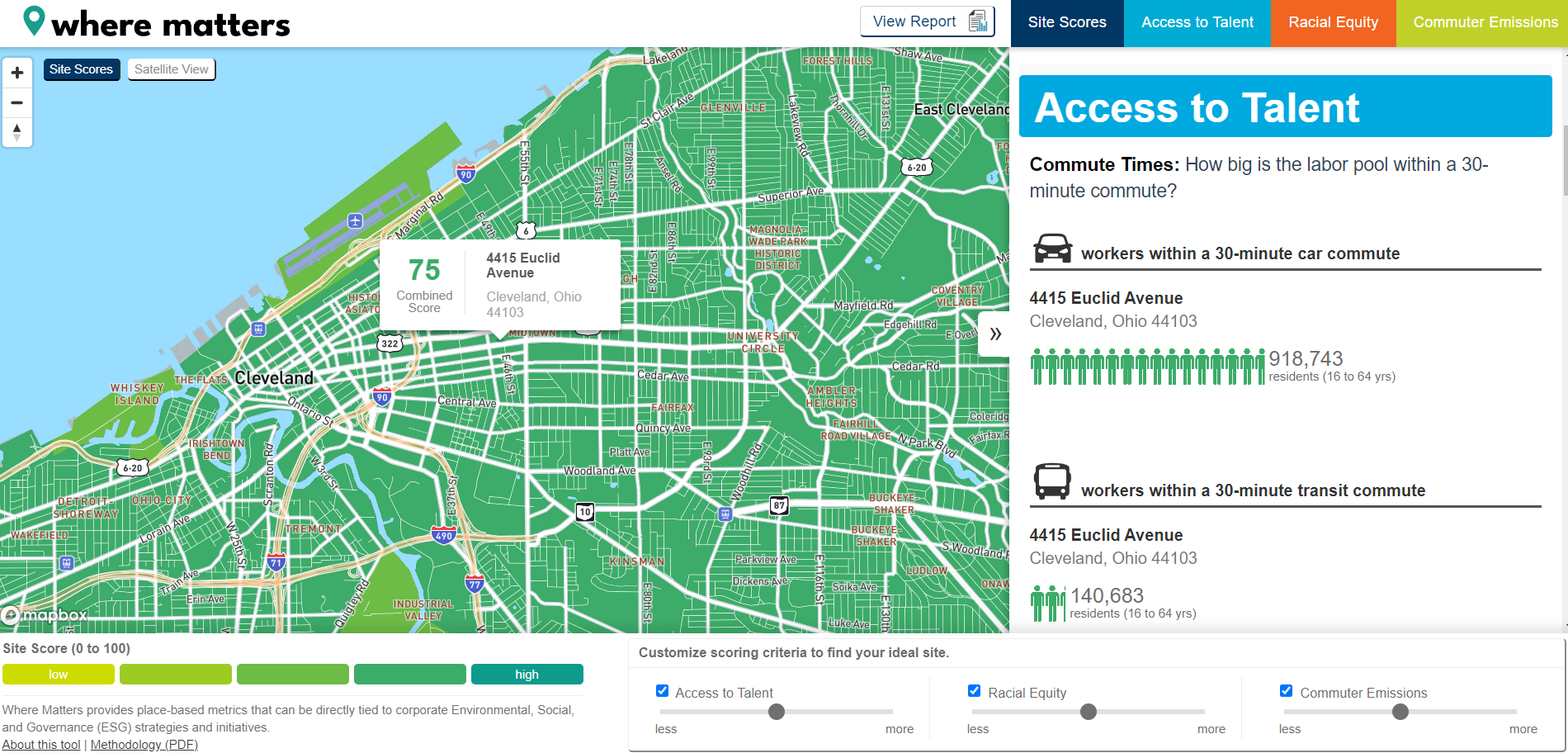The Chicago Metropolitan Agency for Planning (CMAP) has helped chart a new framework for regional development focused on underutilized land in existing communities and anchored by walkable neighborhoods, transit, and freight. But our new report, Putting Places First: Targeting Infrastructure Improvements to Spur Investment in Priority Development Areas, reveals that the transportation projects we’re funding aren’t aligned with—and sometimes are completely opposed to—that goal.
Cities in the Chicago region have completed almost 300 plans in line with CMAP’s GO TO 2040 plan through the RTA’s Community Planning and CMAP’s Local Technical Assistance programs, but they often lack the resources to implement them. Streetscapes must be built. Transit stations must be redesigned. Infrastructure needs to be rethought to encourage walkable and compact urban development. Yet the policy priorities of our public agencies don’t always support this kind of critical work, nor do they work together on an integrated approach to these investments. Our regional decision makers are often more focused on spending money quickly on projects they already know how to engineer than on funding the kind of innovative projects that are most effective in building vibrant communities. Our Major Capital Projects include the Illiana Expressway, an expensive exurban project that would get relatively little use and spread jobs around without any new gain.
We need to overhaul the system and align it with a planning framework known as Priority Development Areas (PDAs), a commitment across regional governments to invest in transportation, housing, and economic development programs together and in the same places to spark infill development. Rather than thinly spreading limited public dollars without coordination, public agencies should leverage their resources to implement plans, encourage development around existing transit and freight systems, and maximize return on public investment. With PDAs, fewer of those 300 local plans will sit on the shelf collecting dust.
Our region already has the resources at its disposal to make this happen. The Surface Transportation Program (STP) was designed to be flexed to a variety of transportation needs. The Congestion Mitigation and Air Quality (CMAQ) Improvement program, designed for projects that improve the air and reduce the need for cars, is a second key resource.
CNT is making four key arguments in this report:
- Our region spreads Surface Transportation Program (STP) funds thinly among 11 Councils of Mayors and the City of Chicago, entities that are more focused on spending money quickly than on advancing policy objectives.
- The Congestion Mitigation and Air Quality (CMAQ) Program prioritizes too many projects for cars, like parking and intersection improvements, and too few for people and bicycles.
- Out of 184 projects designed for bikes and people, only 42 (22 percent) have been awarded within a half mile of transit.
- Our region has 179 plans for TOD, but only 38 STP and CMAQ investments have been allocated to implement those plans.
We can change course. CNT recommends these six steps to get there:
- Establish PDAs for communities that have completed local plans.
- Phase out sub-allocation of STP. Invest it in PDAs.
- Stop funding road resurfacing using STP.
- Fund preliminary engineering for STP and CMAQ projects that advance local plans.
- Invest CMAQ funds in PDAs.
- Invest state and county transportation funds in PDAs.
These reforms represent the bold action that our region needs to prioritize where and how it grows.
By targeting investments around our freight and transit systems, our region can set a stronger framework for growth. And communities in the region will finally be equipped with the resources they need to bring GO TO 2040’s visionary blueprint to life.





 Strengthening Transit Through Community Partnerships
Strengthening Transit Through Community Partnerships